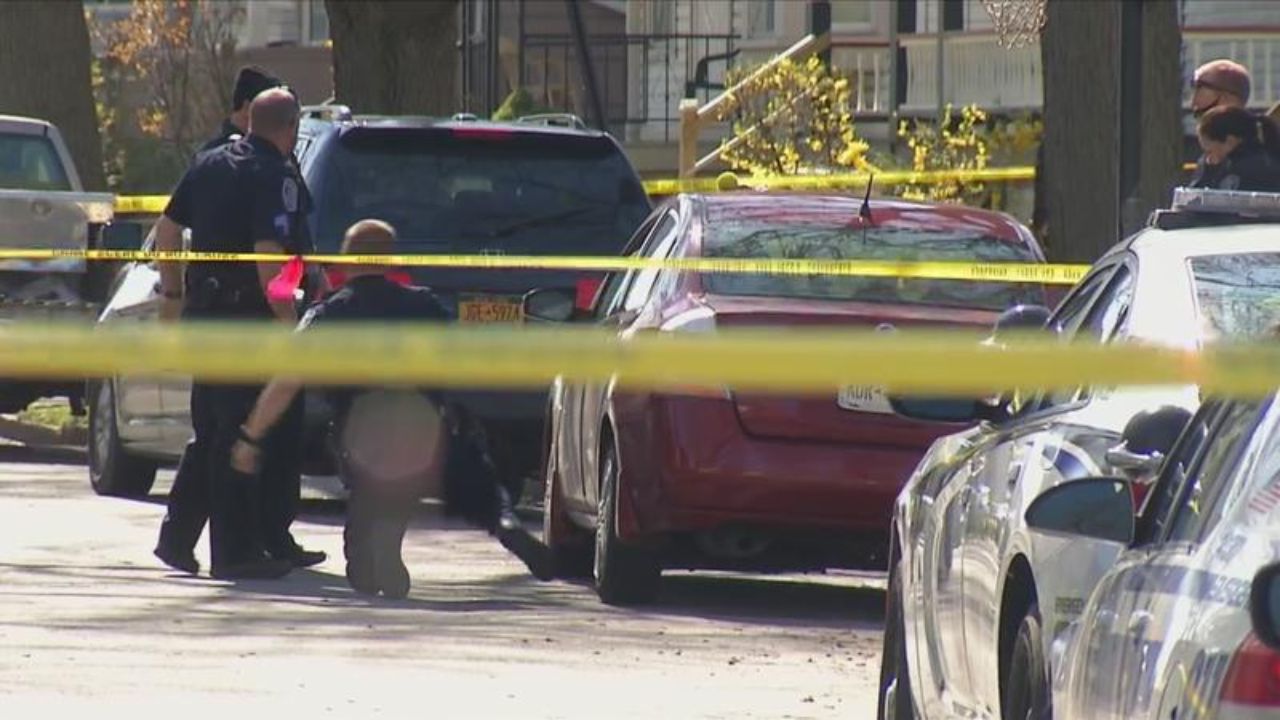San Antonio, a city known for its rich history and vibrant culture, has recently found itself in the spotlight for a much darker reason. Once a place of warmth and hospitality, it has now become the second-ranked murder capital in the state of Texas, a shocking and concerning development that has sent ripples of fear and unease through its residents.
What is the Current Murder Rate in San Antonio
The current murder rate in San Antonio has seen a significant increase, with a rise in homicides contributing to the city’s status as the second-ranked murder capital in the state of Texas. As of the latest available data, San Antonio has experienced a nearly 12% rise in overall crime through October compared to the same period last year, with a 67% jump in homicides. The city recorded 195 homicides, or roughly 13 per 100,000 people, through September of the most recent reporting year.
This surge in violent crime has been attributed to various factors, including gang activity, drug involvement, and personal disputes. The specific murder rate for the most recent period may vary slightly based on the final data release by the FBI, but the trend indicates a concerning increase in homicides in San Antonio.
How Does San Antonio’s Murder Rate Compare to Other Cities in Texas
San Antonio’s murder rate, with 10.5 murders per 100,000 people in 2021, remains one of the lowest among major Texas cities. In comparison, Houston had the highest homicide rate among large Texas cities in 2021, with 19.8 homicides per 100,000 people, followed by Dallas and Fort Worth.
Austin, on the other hand, had the lowest rate at 7.8 per 100,000 people. Despite the rise in San Antonio’s homicide rate over the past several years, it still ranks relatively lower compared to other major cities in Texas
What Are the Factors Contributing to the High Murder Rate in San Antonio
The factors contributing to the high murder rate in San Antonio include risky behavior resulting in altercations, arguments over personal matters like ex-relationships, and spontaneous violence involving the use of weapons. Additionally, changes in crime reporting methods have led to a more detailed tracking of crimes, which has contributed to an increase in reported incidents.
The city has experienced a surge in homicides due to spontaneous and hotheaded violence, with incidents often escalating quickly into fatal outcomes. Moreover, the prevalence of violent crimes, such as murders, assaults, and robberies, at rates significantly higher than the national average, has also played a role in the elevated murder rate in San Antonio.
What Are the Most Effective Ways to Reduce Murder Rates in San Antonio?
To reduce murder rates in San Antonio, Texas, the following strategies are recommended based on the search results:
Hot Spot Policing: Divide the city into grid squares, identify the areas with the most violent street crimes, and have officers sit in the area during peak crime hours with their emergency lights flashing as a highly visible deterrent to crime. This strategy has shown a 12.6% reduction in violent crime citywide and a 41.5% reduction in the areas given extra attention.
Community Engagement: Making sure violence prevention organizations are not operating in a silo is a key factor to the success of such programs. Community buy-in will be vital to programs like San Antonio’s and can be achieved by working with leaders and ensuring adequate funding that ensures people remain connected to crucial services.
Addressing Underlying Issues: The later stages of the plan include a focus on tackling the underlying issues that contribute to recurring problems and deterring repeat and high-risk offenders. This includes addressing transportation, housing, economic opportunity, and infrastructure.
Data-Driven Approach: The plan is designed to be layered and data-driven. This includes assessing community needs, evaluating community-based practices, identifying hot spot areas, and reviewing participation in youth summer programs.
Gun Violence Prevention: Implementing strategies to prevent gun violence, such as creating a centralized infrastructure to support violence prevention, assessing community needs, building capacity in organizations, and providing direct services, resources, and communication.
Focused Deterrence: This strategy is designed to help break the cycle of violence among chronic and repeat violent offenders, who are responsible for the majority of violent crime in San Antonio. This could be achieved through intensive rehabilitation programs or harsher prosecution.
Public Health Approach: This approach uses evidence and research to better understand the causes and circumstances of violence and develop ideas to prevent it. Officials in San Antonio are focusing on four areas: crimes committed by youth, incidents involving guns, sexual assaults, and domestic violence.
Prevention of Repeat Violence: Increase resident perception of community safety and reduce repeated commission of violence. This can be achieved by increasing capacity for law enforcement, implementing live electronic monitoring of school to carry out interventions, implementing controlled access for school campuses, providing grants to local colleges to conduct research into gun violence prevention, creating anonymous tip lines for schools, and identifying funding to secure or harden schools with less funding
Conclusion
In conclusion, the transformation of San Antonio from a charming Texan town to the second-ranked murder capital in the state is a stark reminder of the challenges facing modern society. The city’s residents are resilient, and there is hope that with concerted efforts and a united front, San Antonio can reclaim its status as a safe and welcoming community for all. However, the road ahead is long and arduous, requiring dedication, collaboration, and a shared commitment to building a better and safer future for generations to come.

